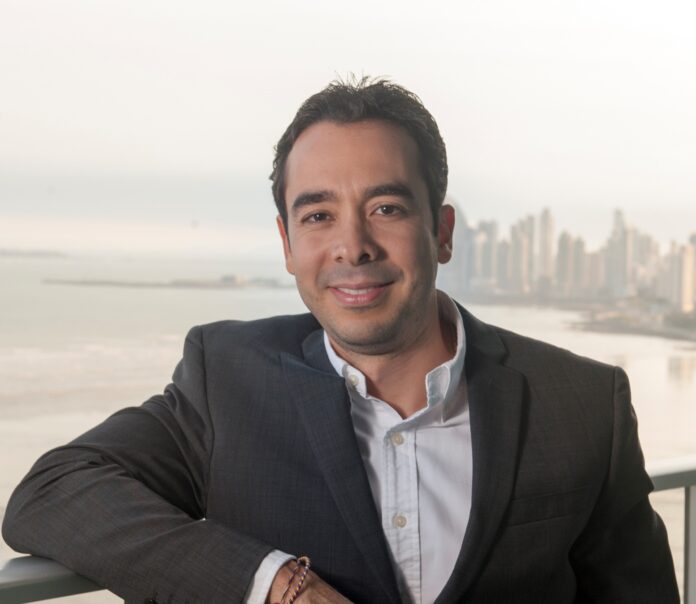Many years ago, when working in a financial institution I witnessed one of those scenes that make you feel sorry for others. We used to work in an open office and managers were on one side of the office while admin staff and personal assistants used to sit on the other side.
One hot afternoon, a manager who was probably having a bad day, approached an admin coordinator at her desk and went off on her for a task that, according to him, she hadn’t done properly. He yelled at her in an abusive manner. His behavior was inappropriate and incorrect. Nowadays it would certainly be called working harassment. This incident at the beginning of my career made me question what leadership is.
The tricky part of this story is that this manager was probably the most successful and productive manager in the office. His portfolio was the largest and he was bringing most of the profits to the office. To some extent, he was a ‘sacred cow.’ Losing him was not an option.
Delivering results is at the core of what leadership is. But is it the only element? What else is required for a person to be a leader? Leaders also need to create a safe environment, ensure organizational alignment, and foster change and a sense of progress in the organization.
The concept of leadership and the associated development tools in an organization have evolved – thankfully. Vision and charisma were seen as some of the most distinctive characteristics of a leader in the past. Leaders were seen as Super-Heroes who can solve all sorts of problems, execute their plans under extreme circumstances and pressure, and finally ‘save the day’ with real and tangible results.
On an opposite spectrum in more recent years, a new paradigm has been created around leadership. It’s a human-centered approach that states the importance of caring about people. Within this approach, transparency, humility, vulnerability, authenticity, and employee’s well-being – and even happiness, are both pivotal traits and goals of a true leader.
Despite the valuable shift towards a leadership concept that recognizes the importance of both results delivery and people care, these approaches are insufficient to explain the complexities of a leader. Their circumstances as well as those of the environment determine and change their actions. Their behavior, habits, and practices are heavily influenced, yes, by their personality, by also by their life moment, their personal reality, the context and structure in which they operate, among other reasons.
Say for example John, a new leader in a company who likes being on time for meetings. He’s been in the Company for two days.
He gets to his first meeting five minutes before it starts. But his colleagues are not there. Some minutes later two people arrive. A bit later most of the attendees get to the meeting. The meeting finally starts…but fifteen minutes late…with an informal chat about traffic and weather. They start discussing the actual topic twenty-five minutes late. On the following day, John gets to the meeting on time. But most arrive late. They start the meeting twenty minutes later. For his next meeting, John gets five minutes late, because he already knows people will not be there on time. By week two he starts getting fifteen minutes late to meetings. The environment, practices and culture shaped his behavior.
Sometimes, despite leaders’ personality and intentions, leaders’ behavior reflect the structure practices and expectations of the organization.
No matter what school of thought, leaders must develop self-awareness and the capacity to self-reflect on their behavior. They ought to be able to explore, understand and, hopefully, get rid of their limiting beliefs and fears, to give space to new leveraging beliefs.
So, the question is: Who is a leader? Most organizations are now answering this question with a loud: ‘Everybody is’ – or at least all members in the organization should be treated as such. Instead of developing leadership programs for a few, they have built development programs that consider most –if not all- members of the organization. This decision is driven by two facts.
On one hand, organizational structures and decision-making processes have shifted from a centralized to a decentralized model, which demands for leadership skills across the board.
On the other hand, succession plans and new generations’ expectations for faster promotions claim for team members that are ready to take up new roles when required and ‘hit the floor running.’
However, when it comes to leadership development a ‘one-size-fits-all’ approach doesn’t work. On the contrary, a customized approach for each audience and group of leaders is more effective.
So when it comes to developing those ‘sacred cows’, it is important to ask: While they achieve extraordinary results, are they leveraging their team members to become extraordinary themselves? That’s a real Super-Heroe.
Pablo Uribe | Partner and Director Humanet Corporation and TheHuman-Link





